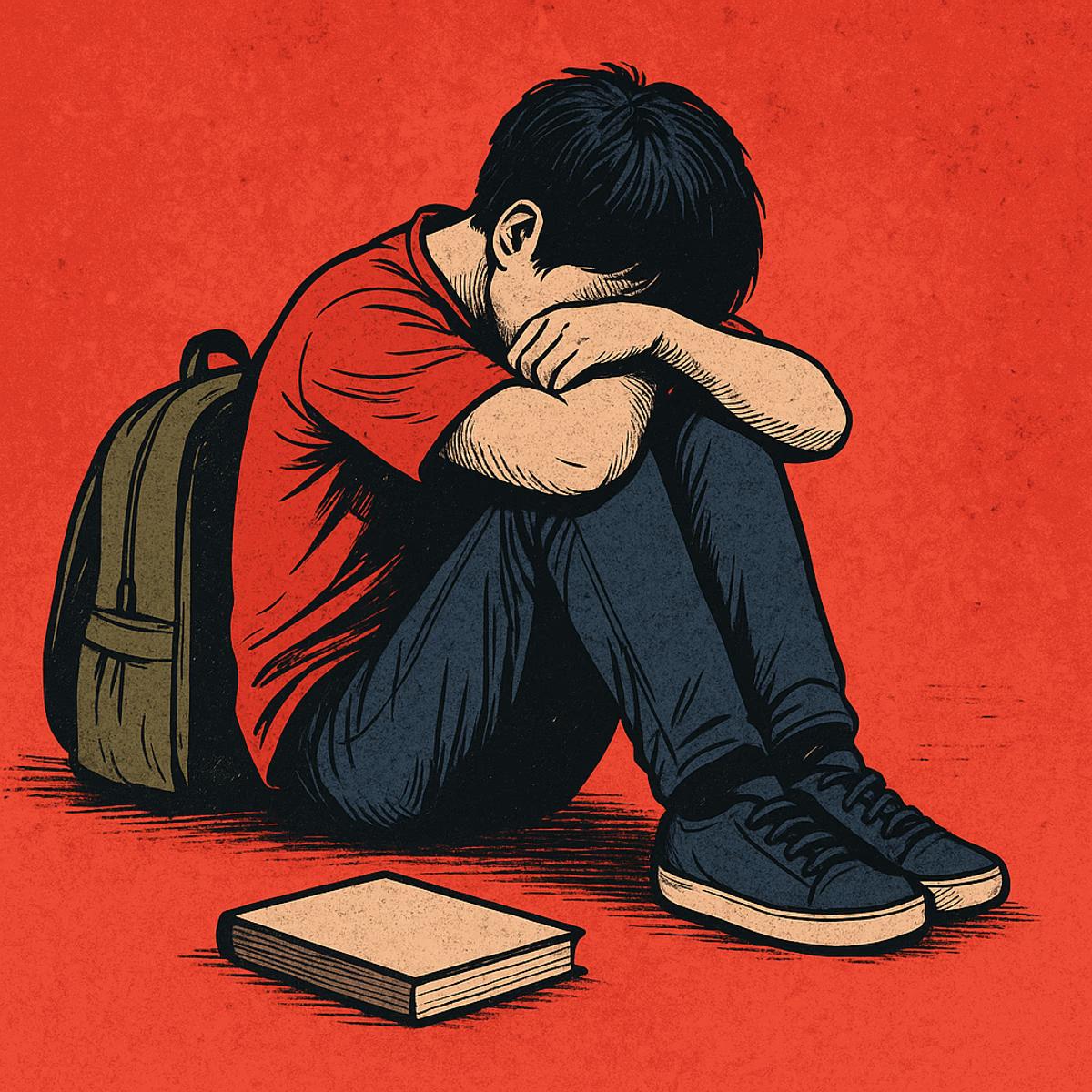"When a student dies by suicide, it is not just a personal tragedy — it is a national failure"
When a student takes their own life, the loss extends far beyond the individual. It is a heart-wrenching reflection of the flaws in our social fabric, parental expectations, educational systems, and policymaking processes. These incidents force us to confront difficult questions like: Why are our students losing hope? What drives them to such irreversible decisions? And most importantly — what can we do to prevent the next tragedy?
The Alarming Statistics
IC3 institute report says that over the last decade (2013–2022), 103,961 student suicides occurred, which is a 64 percent increase compared to the prior decade (2003–2012). The alarming condition is that over the last decade, while the population of 0–24-year-olds reduced from 582 million to 581 million, the number of student suicides increased from 6,654 to 13,044.
Based on NCRB data (released 28 Aug., 2024), overall suicide numbers increased by two percent annually; student suicide cases by four percent. Kota, which is known as India’s coaching capital, paints an even darker picture: 15 student suicides in 2022; 26 student suicides in 2023; 17 student suicides in 2024; and 14 student suicides already till May 2025.
It's not just Kota. Students across India are silently succumbing to academic and emotional pressure.
Why Are Our Students Giving Up?
- Academic Pressure: Marks, exams, ranks, and the uncertainty of future careers have turned from motivators into sources of deep anxiety and fear.
- Institutional Insensitivity: Toxic environments of some of the institutions are filled with discrimination, ragging, and neglect. It is combined with the absence of counseling, which erodes students from within.
- Mental Health Neglect: Depression, anxiety, guilt, and loneliness are not mere weaknesses but serious medical concerns. Yet, shame and silence deepen. UNICEF report says that one in seven young people between the ages of 15 and 24 in India experience poor mental health, including symptoms of depression and disinterest.
- Parental & Social Expectations: Unrealistic aspirations, peer comparisons, and societal pressures often place unbearable burdens on young shoulders.
- Emotional Turmoil & Virtual Isolation: Teenage heartbreaks, social media dissatisfaction, and gaming addiction often detach students from reality and healthy coping mechanisms.
What Can Be Done — And By Whom?
- Parents: Understand children’s emotional needs, spend quality time together, encourage open communication without judgment, avoid comparisons with others, and finally, be supportive in career decisions — don’t impose.
- Educational Institutions: Create Healing Environments
Provide regular mental health counseling, appoint sensitive mentors or teachers for every class, maintain zero tolerance for ragging, discrimination, insensitivity, and train the staff to identify and address distress signals early. - Teachers: Be More than Educators
Teachers must help students understand: "You are more than your marks. You are the hope of a better future.” Teachers should maintain dialogue, offer encouragement, and reassure students that failure in exams is not failure in life. - Students: Choose Life Over Silence
Students must realize that ‘Life is precious, failures are lessons, not ends’. There are multiple paths to success. Students must keep in mind the words of Nobel laureate Dr. Rabindranath Tagore who said, "Storms are not uncommon, but only those who row the boat reach the shore." Similarly, Dr. A.P.J. Abdul Kalam reminded students, “Giving up is the greatest failure. But trying again after failure is the beginning of the greatest success.” When overwhelmed, students should reach out — to friends, parents, teachers, or counselors. - Policymakers: Redesign curricula to reduce reliance on private coaching. Align university assessment systems with competitive exams. If not in a position to close the coaching centres, must strictly regulate the same. Promote nationwide mental health helplines. Integrate emotional literacy and dialogue into the education system.
- Society: Normalize Struggle, De-stigmatize Failure
Respect struggle; don’t romanticize suicide. Media and social media must act responsibly and avoid glorifying such incidents. Build a culture where seeking help is seen as strength, not weakness.
Conclusion
Every student who dies by suicide leaves behind a haunting question: “Was my life worth only my success?” If we truly believe that education is meant to prepare one for life, then we must ensure students learn not only to study, but also to live. Protecting their lives, dreams, and hopes must become our first and foremost responsibility — as parents, teachers, institutions, society, and as a nation.

